Beauty and skincare brands in the fast-changing cosmetic industry struggle to convince consumers to experiment with new products. With e-commerce booming and geographical barriers virtually eliminated, the market is flooded with brands competing globally. That is why the product sampling marketing strategy has shifted from being a nice-to-have to an essential tactic for the survival and growth of beauty brands. Our previous blog delved into the benefits, functionality, and behind-the-scenes manufacturing process of sachet packaging. This time, we are shifting focus to explore consumer behaviors and insights.
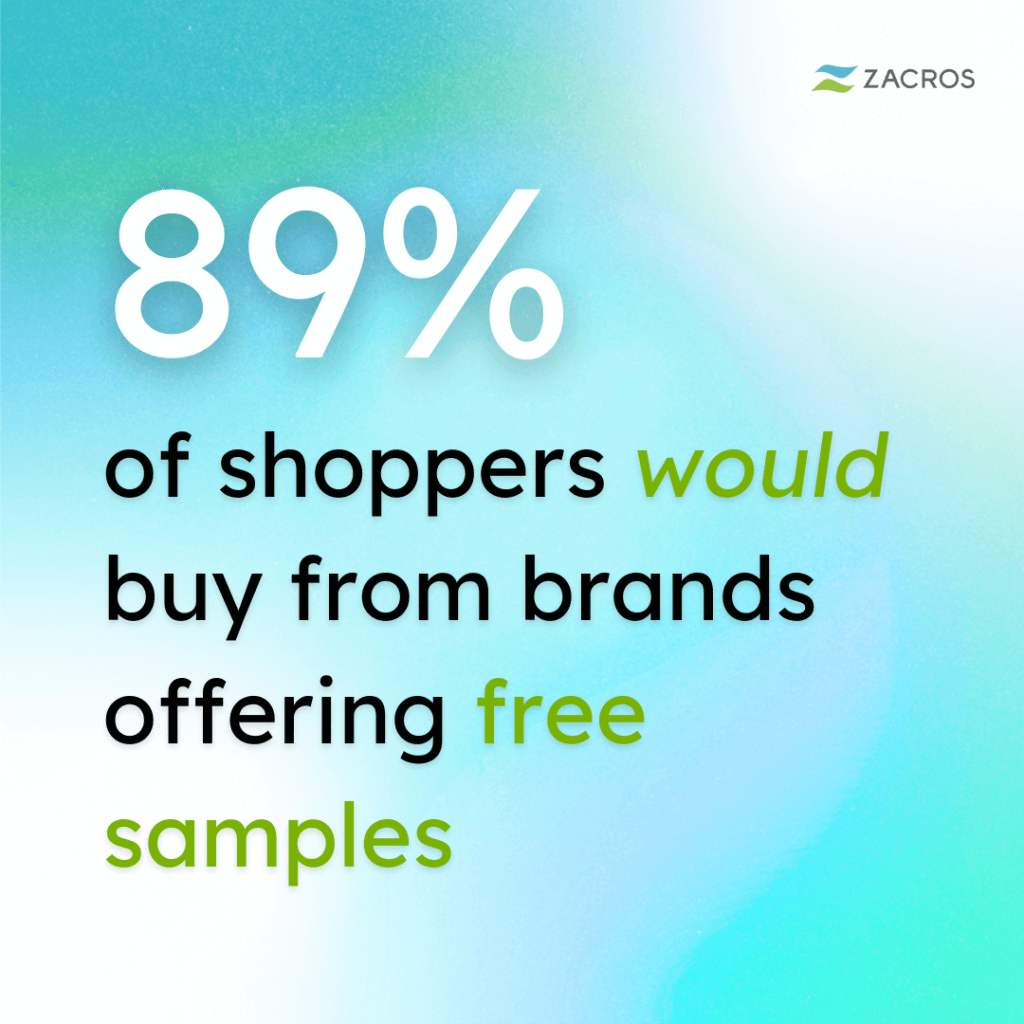
The Consumer Confidence Crisis
According to the survey by Drive Research, a staggering 90% of consumers express frustration in their search for effective skincare products. It reflects millions of dissatisfied customers who have invested in products that failed to deliver on their promises. In a time when consumer trust is paramount, this challenge demands urgent attention.
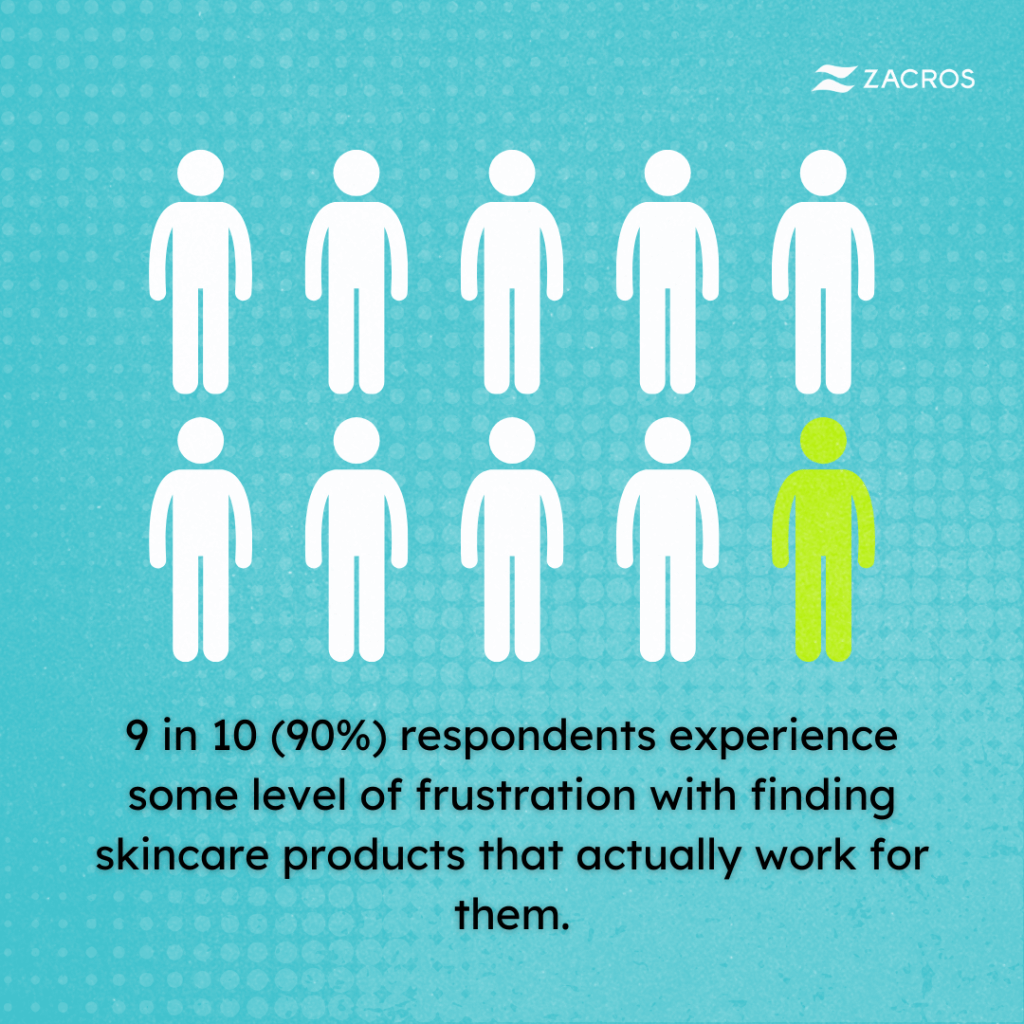
The Economics of Customer Acquisition
According to the FirstPageStage report published last year, beauty brands spend an average of $61 to acquire a single eCommerce customer. That is a significant investment, especially considering the industry’s historically high return rates. However, this is particularly significant because 89% of shoppers say they would purchase from a brand offering free samples before buying according to the 2023 survey. This data is a powerful indicator of how brands can build trust and lower acquisition costs.
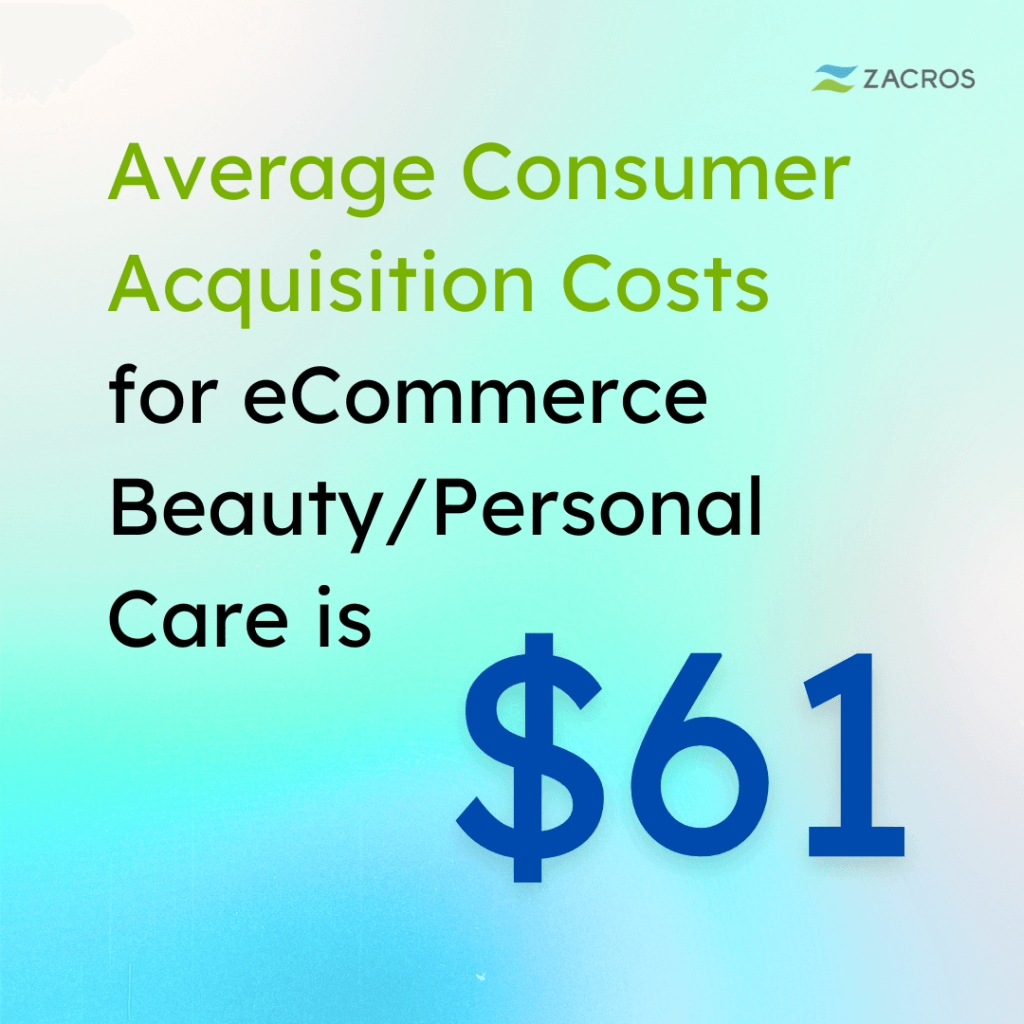
The Cosmetic Sample Success Story
U Beauty showcased a great example. When Blackcart partnered with U Beauty to implement sampling programs, they saw an impressive 40% conversion rate to full-size purchases. These sampling programs create confident customers who know what they are buying. A 40% conversion rate from samples far exceeds typical eCommerce conversion rates, making it one of the most effective strategies in the beauty industry’s marketing toolkit.
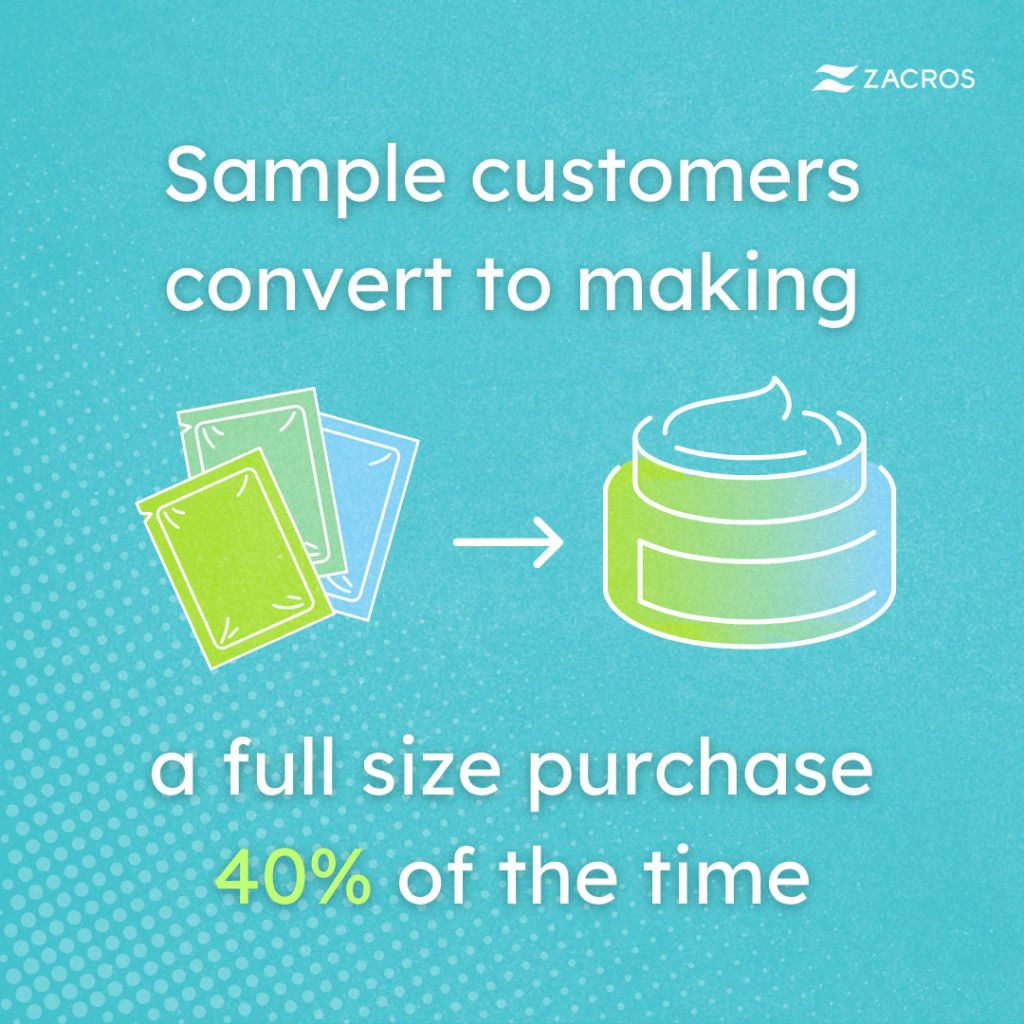
The Returns Dilemma
The rise of online shopping has created a significant challenge for retailers, with 63% reporting major difficulties managing returns. This issue is particularly acute in the beauty industry, where product suitability can be highly personal. The financial impact of returns goes beyond just the lost sale. It includes shipping costs, processing time, and often, the inability to resell returned products.
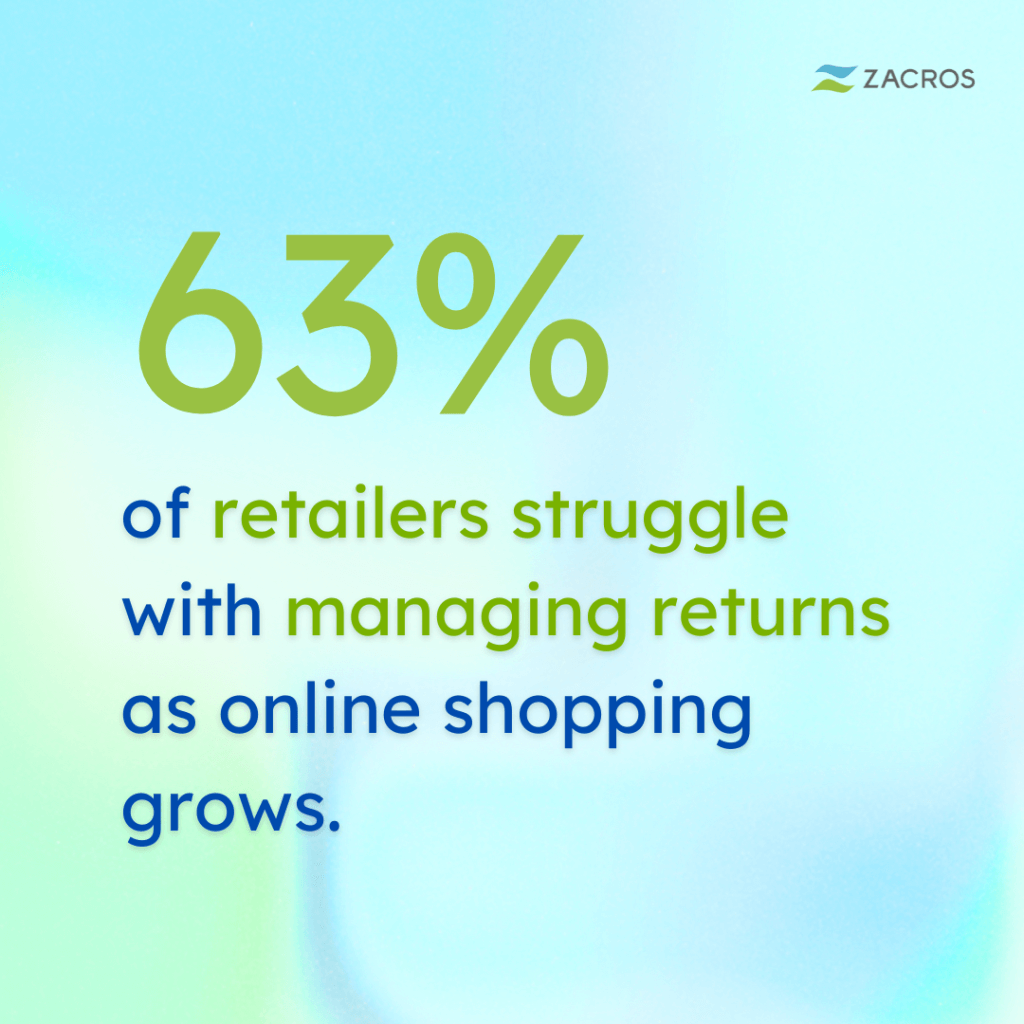
The Generation Gap
Return policies have a significant impact, especially on younger consumers. Gen Z and Millennials, the future of beauty consumption, are highly influenced by these policies, with 75% stating that strict return policies deter them from purchasing according to 2024 Consumer Retail Returns Survey. Brands face a significant challenge in building online shopping confidence while keeping return rates in check.
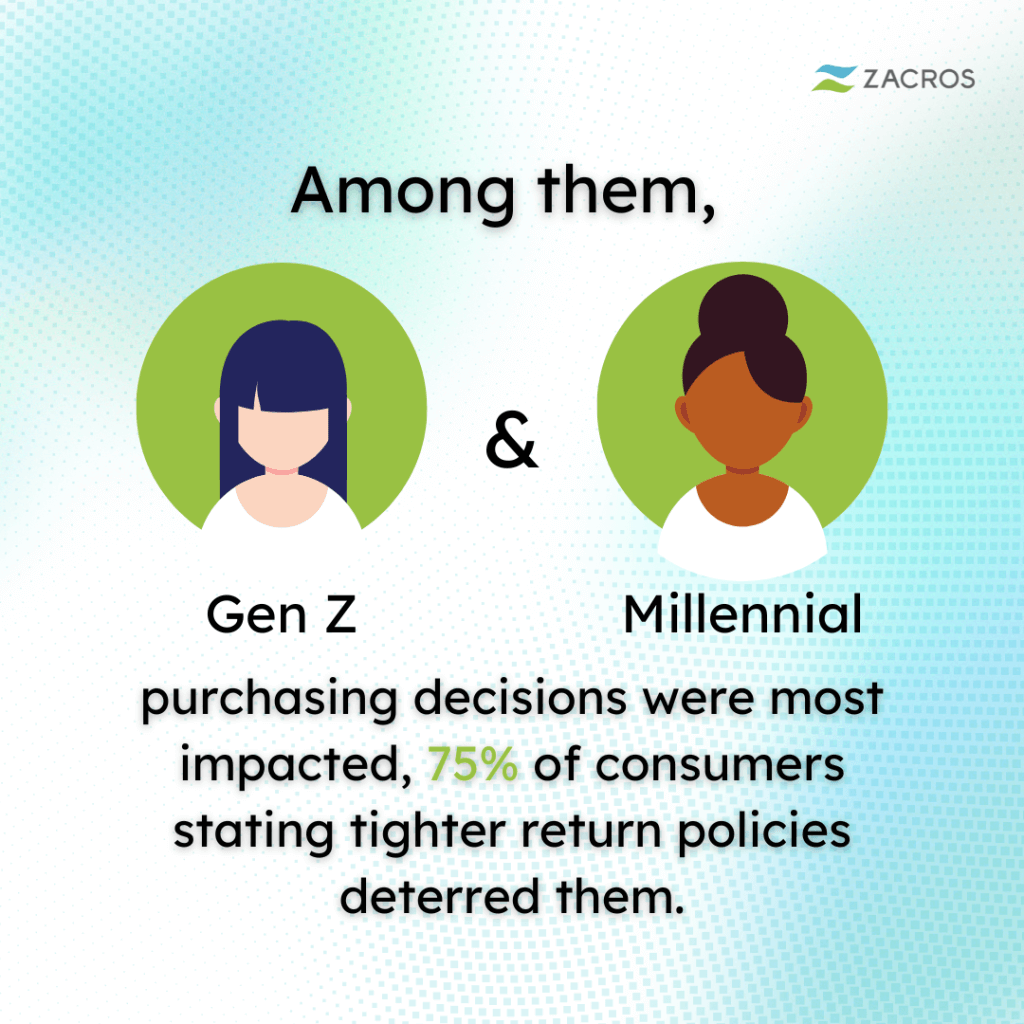
The Solution: Sample-First Strategy
Given these challenges, a sample-first strategy emerges as a powerful solution:
- By allowing customers to try products before committing to full-size purchases, brands can significantly reduce the risk of returns
- The initial investment in sampling programs can be offset by reduced customer acquisition costs and higher conversion rates
- Younger consumers, who are more hesitant about strict return policies, can build confidence in products before making larger purchases
- Brands can build long-term customer relationships based on trust and proven product satisfaction
The Complexity of Cosmetic Sample Packaging
In the beauty industry, presentation is everything, extending to product samples. The packaging of beauty samples serves multiple critical functions beyond just containing the product. It must preserve the product’s integrity, ensuring active ingredients remain stable and effective. Many cosmetics contain active ingredients that can interact with packaging. Therefore, testing is essential to ensure the product’s efficacy.
Learn more about Chemical Interaction with Packaging
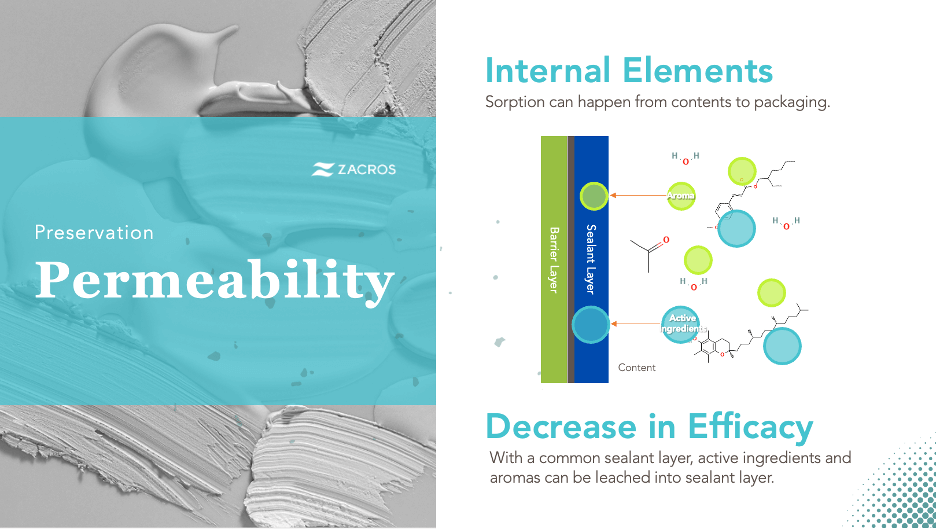
Investing in high-quality sample packaging can significantly enhance brand perception. Beyond quality, gaining insight into manufacturing processes and supplier capabilities helps optimize costs and ensure print quality that effectively represents the brand.
Looking Forward
The beauty industry stands at a crossroads. Traditional try-and-buy models are becoming less sustainable in an increasingly digital marketplace. Product sampling isn’t just about giving away free products. It is about building trust, reducing returns, and creating sustainable customer relationships.
Implementing a strategic sampling program is becoming a necessity for brands looking to thrive in this new landscape. The data clearly shows that consumers want it, returns management needs it, and conversion rates prove it works.
The beauty industry’s future lies in giving consumers the confidence to make informed purchasing decisions. Product sampling is more than just a marketing strategy. It is the foundation of customer relationships.
Are You Ready to Explore Cosmetic Sampling Packaging?
ZACROS has provided quality flexible packaging for beauty liquid products for over 25 years. We have an intensive chemical compatibility database to find you with a suitable packaging solution. Contact us today to learn more.